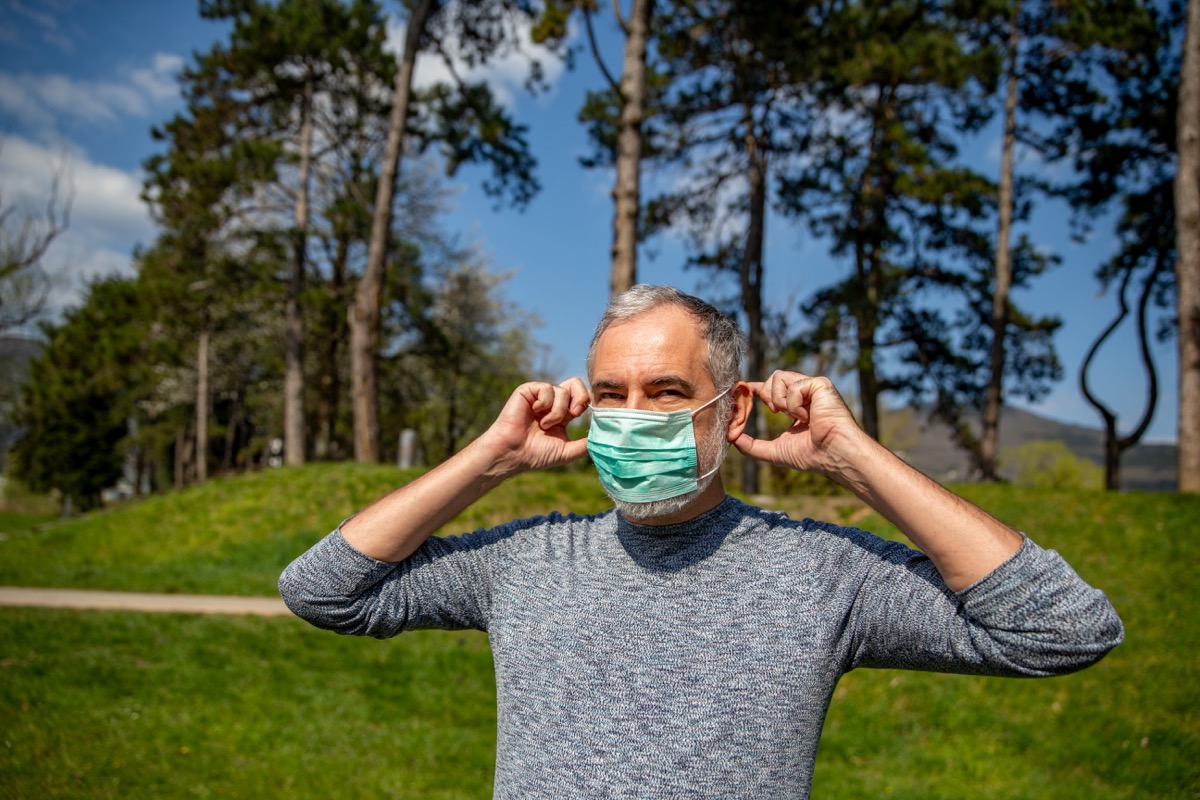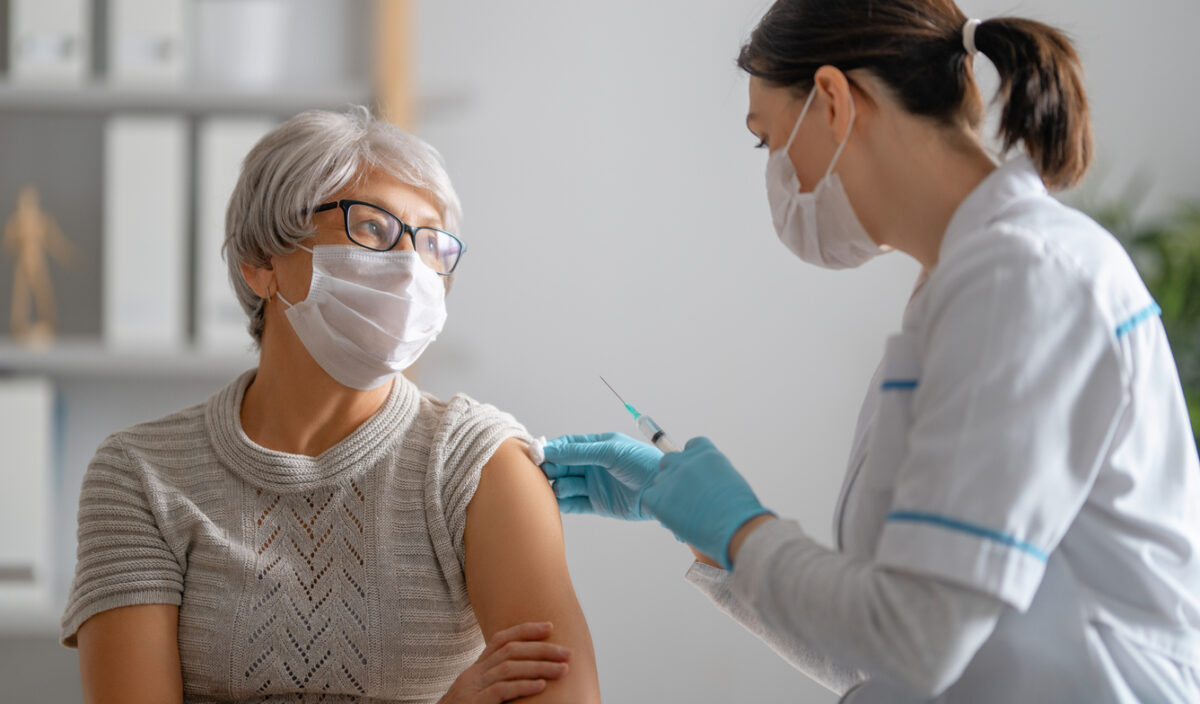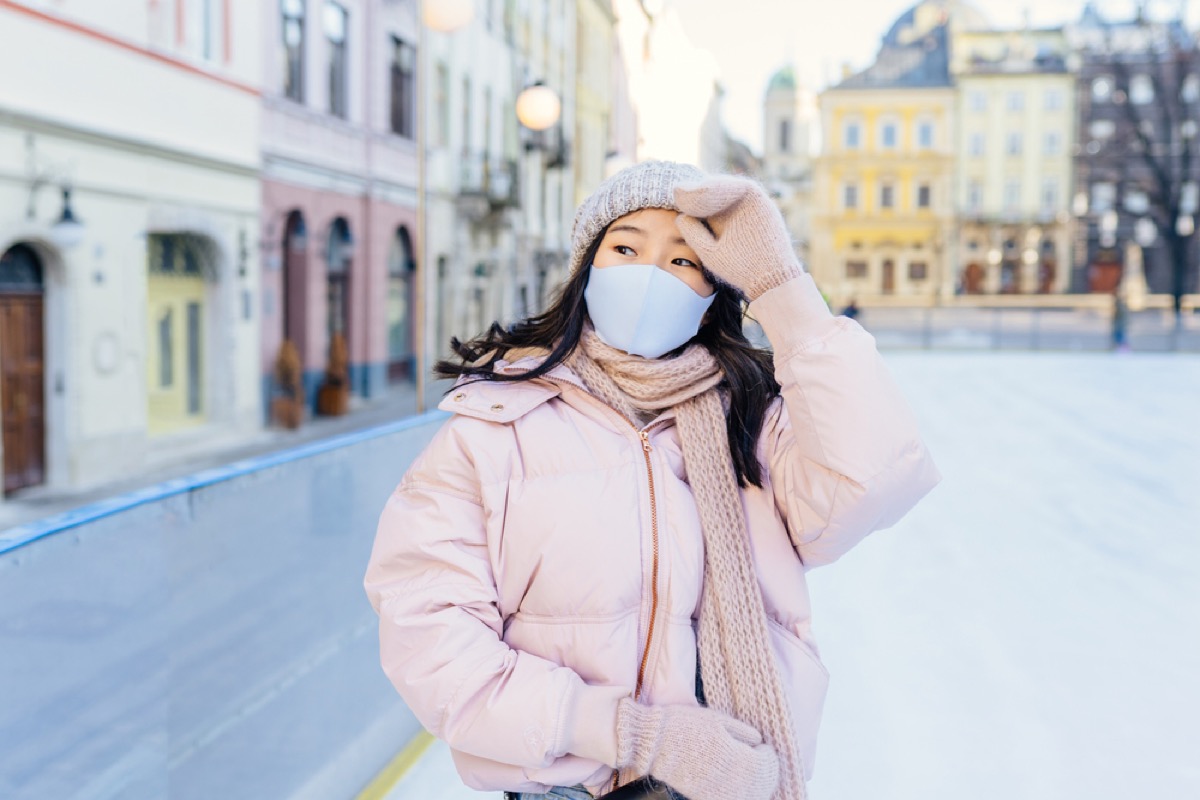Herd immunity has been viewed as the be-all-end-all of this pandemic. The goal—which is also known as community immunity—is “when a large part of the population of an area is immune to a specific disease. If enough people are resistant to the cause of a disease, such as a virus or bacteria, it has nowhere to go. While not every single individual may be immune, the group as a whole has protection. This is because there are fewer high-risk people overall. The infection rates drop, and the disease peters out,” WebMD explains.ae0fcc31ae342fd3a1346ebb1f342fcb While natural antibodies in those who recovered from the virus and vaccinations are our key ways to achieving herd immunity, the IHME researchers say, “We do not expect the U.S. to reach a level of herd immunity that would prevent a third wave next winter.” And for more on the latest vaccine news, check out Moderna’s Chief Medical Officer Just Gave This Upsetting Update. The World Health Organization (WHO) has suggested that while herd immunity is the ultimate goal, this “should be achieved by protecting people through vaccination, not by exposing them to the pathogen that causes the disease.” However, this requires people to opt-in to vaccination programs and go through with both doses of the Pfizer or Moderna vaccine. Unfortunately, the IMHE is pessimistic about the U.S. vaccinating an effective percentage of the population through 2021 “because a quarter of Americans state they will not take the vaccine and a further quarter state they are unsure.” The latest research shows it may even be less than that. According to Gallup’s Jan. 12 poll, 65 percent of Americans are willing to be vaccinated for the coronavirus and 35 percent are not. And for more vaccine news, see why The FDA Just Changed Its Stance on This COVID Vaccine Precaution. An unknown around the current vaccination program is how much these vaccines stop people passing on the virus even if they don’t get ill themselves. Scientific American pointed out recently that while the vaccines “are exceptionally effective at preventing COVID-19, data cannot yet tell us if they hinder transmission of SARS-CoV-2, the virus that causes the disease.” The IMHE also flagged this issue, saying, “We do not have clear evidence on how much vaccination stops transmission as opposed to preventing severe disease and death.” However, Scientific American also reports that by reducing an infected person’s viral load, vaccines will reduce transmission even without eradicating it entirely. They pointed to the example of the rotavirus vaccine, which was introduced in the U.S. in 2006, and cut positive tests for the disease by 74 to 90 percent in the following 4 to 10 years. And for more regular COVID news, sign up for our daily newsletter. The IHME did strike a note of cautious optimism, suggesting that “the number of deaths in a third wave, if it occurs, would be greatly reduced. Key strategies for both managing the end of this fall/winter surge and mitigating the risk of new variants continue to include emphasizing expanding mask use from 76 percent to 95 percent, encouraging social distancing through appropriate mandates, and accelerating vaccination.” So for now, America’s best hope remains following public health advice, masking up and taking the vaccines as soon as they’re available. And for more on the latest research around the pandemic, check out The Terrifying Long COVID Symptom Doctors Are Now Warning About.



